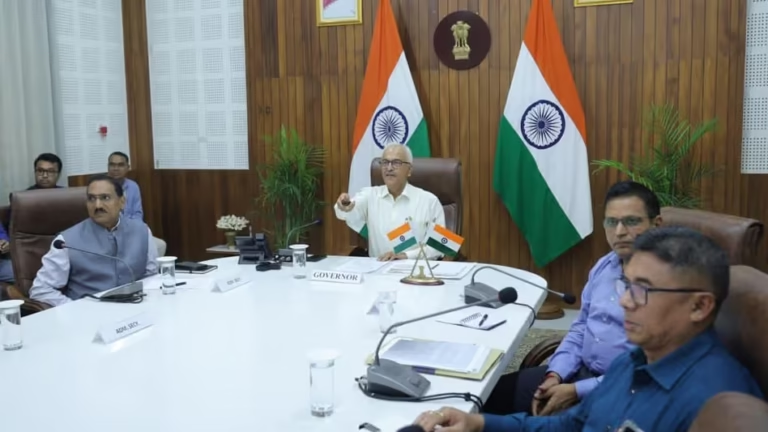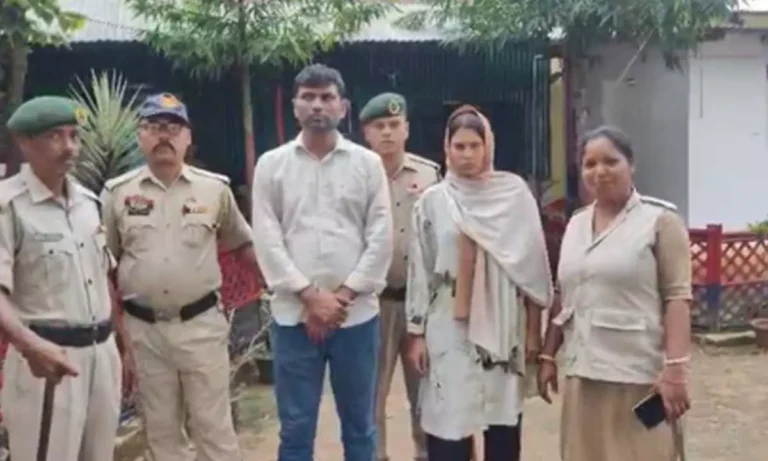BRO Chief Briefs Manipur Governor on Indo-Myanmar Border Fencing Progress
In a recent meeting at Raj Bhavan in Imphal, Lt Gen Raghu Srinivasan, Director General of the Border Roads Organization (BRO), updated Manipur Governor Ajay Kumar Balla on the ongoing border fencing initiatives along the Indo-Myanmar boundary.
Understanding the Indo-Myanmar Border Dynamics
The Indo-Myanmar border stretches over 1,643 kilometers, touching the Indian states of Arunachal Pradesh, Nagaland, Manipur, and Mizoram. Of this extensive boundary, approximately 398 kilometers lie within Manipur. This border has historically been porous, facilitating not only cultural and economic exchanges but also posing challenges related to security, smuggling, and unauthorized crossings.
The Strategic Importance of Border Fencing
Why is border fencing such a hot topic? Think of it as installing a sturdy lock on your front door. While it doesn’t guarantee complete security, it significantly deters unwanted intrusions. Similarly, erecting a fence along the Indo-Myanmar border aims to:
- Enhance National Security: By curbing unauthorized entries and potential insurgent movements.
- Prevent Smuggling: Especially of contraband goods, narcotics, and arms.
- Regulate Migration: Ensuring that cross-border movements are legal and documented.
Progress So Far: Milestones Achieved
As of early 2025, notable advancements have been made:
- Completion Near Moreh: Approximately 10 kilometers of fencing near the town of Moreh have been finalized. Moreh serves as a significant trade hub between India and Myanmar, making this development crucial for both security and commerce.
- Ongoing Efforts: Plans are underway to extend the fencing by an additional 21 kilometers in other strategic areas of Manipur. This expansion underscores the commitment to bolstering border management.
Challenges on the Ground
However, the path to a fully fenced border isn’t without hurdles:
- Diverse Terrain: The northeastern region’s challenging landscapes, including dense forests and rugged hills, complicate construction efforts.
- Local Opposition: Some communities express concerns that the fencing might disrupt traditional pathways, affect livelihoods, or even divide families residing on either side of the border. For instance, in August 2024, the Zou civil society organizations voiced their apprehensions regarding the potential socio-economic impacts of the fencing project. Northeast Today
Community Engagement: A Balancing Act
Addressing these concerns requires a delicate balance. It’s essential to:
- Engage with Local Communities: Involving them in decision-making processes ensures that their voices are heard and their concerns addressed.
- Provide Alternative Livelihoods: For those whose daily lives might be affected by the fencing, offering alternative means of income can mitigate potential hardships.
- Ensure Transparent Communication: Keeping the public informed about the project’s objectives, progress, and benefits can foster trust and cooperation.
The Road Ahead: Future Prospects
Looking forward, the focus remains on:
- Accelerated Construction: Completing the planned sections of the fence in a timely manner without compromising on quality.
- Technological Integration: Incorporating surveillance systems, such as cameras and sensors, to complement the physical barrier and enhance monitoring capabilities.
- Sustainable Development: Ensuring that the fencing project aligns with environmental considerations and promotes sustainable practices.
Conclusion
The Indo-Myanmar border fencing project in Manipur is more than just a physical barrier; it’s a testament to India’s dedication to safeguarding its boundaries while respecting the intricate socio-cultural dynamics of the region. As with any significant endeavor, challenges are inevitable. However, with collaborative efforts, transparent communication, and a commitment to inclusive development, the vision of a secure and harmonious border can become a reality.
FAQs
- Why is the Indo-Myanmar border being fenced?The primary objectives are to enhance national security, prevent smuggling, and regulate unauthorized cross-border movements.
- How much of the border fencing has been completed in Manipur?As of January 2025, approximately 10 kilometers near Moreh have been completed, with plans for an additional 21 kilometers underway.
- What challenges are faced during the fencing project?Challenges include difficult terrain, local opposition due to socio-economic concerns, and the need to balance security with traditional cross-border interactions.
- How is the government addressing local community concerns?By engaging with local communities, offering alternative livelihoods, and ensuring transparent communication about the project’s benefits and progress.
- What are the future plans for the border fencing project?Future plans involve accelerating construction, integrating advanced surveillance technologies, and ensuring the project aligns with sustainable development practices.


